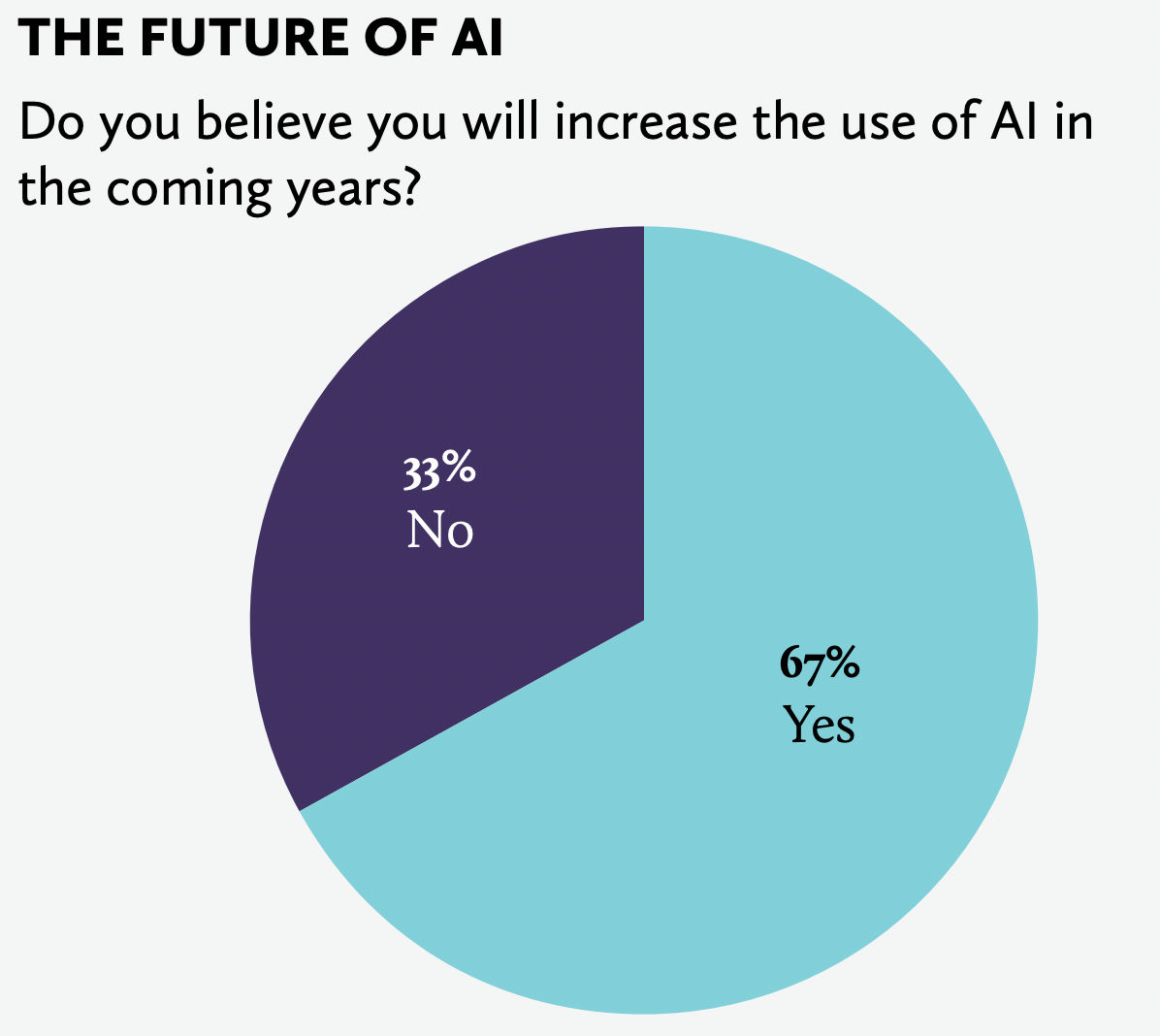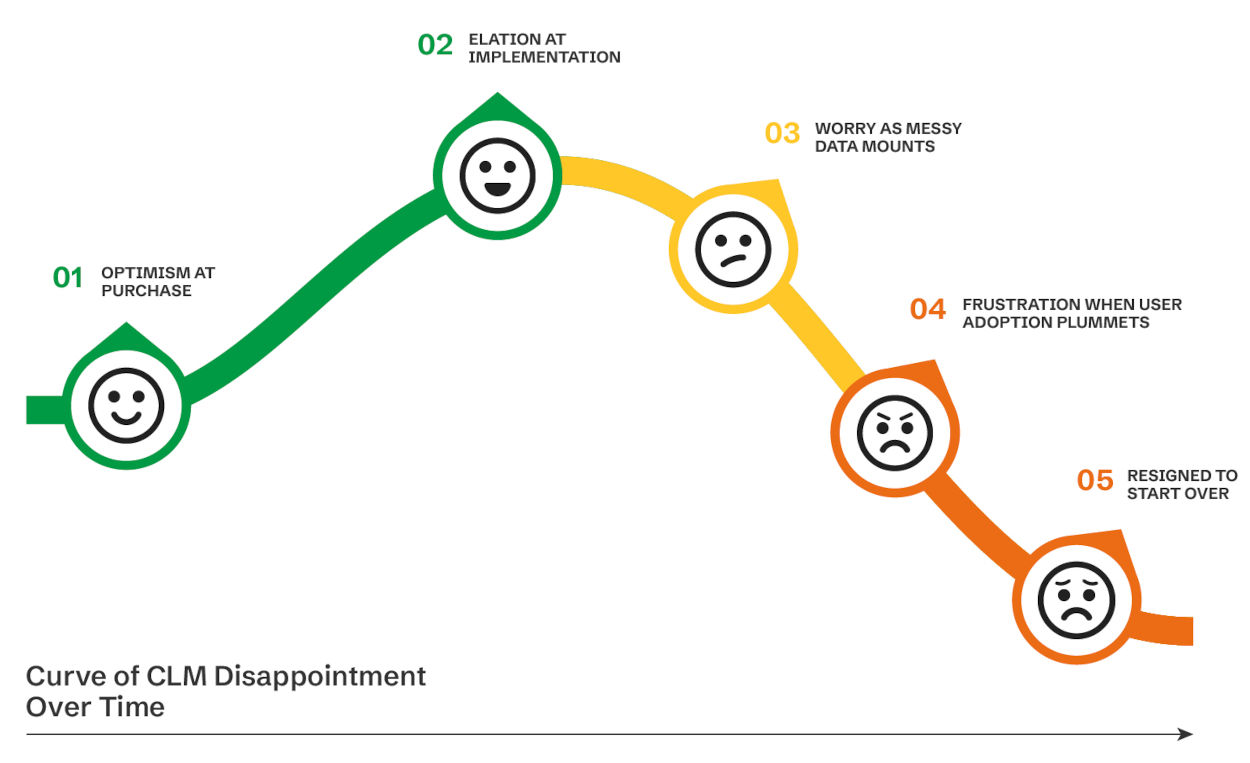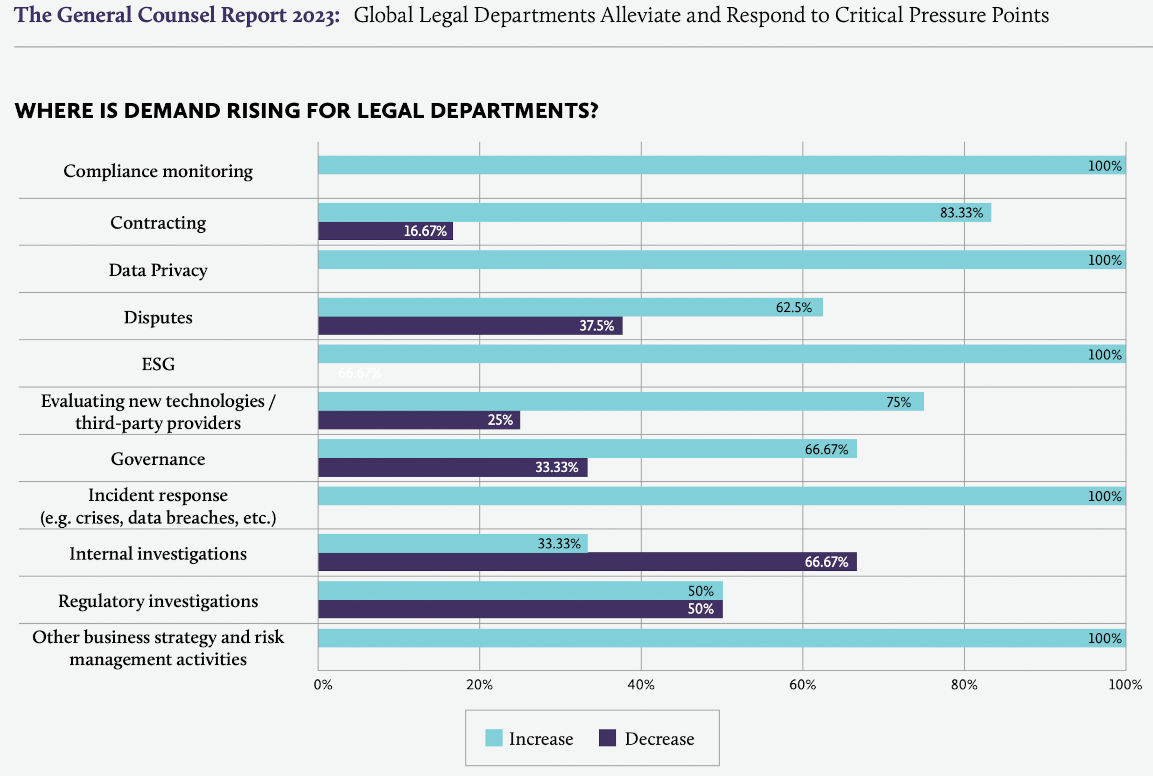What is Contract Lifecycle Management: The Future of CLM?
Understanding contract lifecycle management (CLM) and its future direction is vital for businesses aiming to optimize their operations. Today, CLM systems are crucial for enhancing efficiency, managing risk, and improving profitability. As regulatory complexities and the need for efficient contract management increase, it is imperative for businesses to stay updated on the latest trends in CLM.
This article examines the innovative technologies transforming CLM, the strategies that lead to successful implementations, and the growing trend towards outsourcing these processes. We will explore how these developments are shaping a dynamic future for CLM, enabling organizations to manage their contracts more effectively.
Quick Takeaways
- Artificial intelligence and automation are revolutionizing CLM by enhancing data accuracy, speeding up processes, and improving compliance and risk management.
- Successful CLM implementation requires a strategic approach, including phased rollouts and careful stakeholder engagement, to avoid the common pitfalls of the ‘CLM Curve of Disappointment.’
- Outsourcing to Contract Operations as a Service (COaaS) is becoming increasingly popular, offering specialized expertise and cutting-edge technology without the need for extensive in-house resources.
- Future CLM systems will increasingly integrate with broader business strategies and systems, enhancing operational efficiency and driving significant business outcomes.
🔍 Uncover essential strategies to optimize your CLM implementation with our guide on 5 Strategies for a Successful CLM Implementation.
Innovative Technologies Reshaping CLM
As we look to the future of contract lifecycle management, the integration of advanced technologies is a reality and a growing trend. This year, according to The General Counsel Report, 20% of GCs reported using some type of AI, specifically focusing on contracts, e-discovery, or privacy.
Although this figure represents a slight decrease from previous years, the discourse around the future use of AI has become more substantive and engaged. Moreover, separate from those already implementing AI solutions, 67% of GCs anticipate increasing their use of AI in the coming years, largely to address capacity constraints and enhance efficiency.
Artificial Intelligence and Machine Learning
Artificial intelligence (AI) is transforming contract lifecycle management by automating complex processes and enhancing decision-making with predictive analytics. AI technologies enable the extraction of critical data from contracts more quickly and accurately than manual methods, reducing the risk of oversight and error.
Additionally, machine learning (ML) algorithms continuously learn from data interactions, further refining contract management practices over time. This section of technology promises significant improvements in contract compliance and operational agility.
Automation and Efficiency
Automation in CLM is evolving from basic task automation to more sophisticated, integrated systems that manage end-to-end contract processes. These advancements both streamline the creation and execution of contracts, and ensure consistent application of business rules and compliance standards.
By reducing the manual workload, organizations can allocate their resources to more strategic activities, thereby enhancing overall productivity. The future of automation in CLM points towards more intuitive systems that can anticipate business needs and adapt to changes swiftly.
Strategies for Successful CLM Implementation
Implementing a new CLM system often comes with its challenges, which if not managed properly, can lead to the CLM Curve of Disappointment. This phenomenon typically occurs when expectations are not met in the early stages of implementation.
To combat this, organizations must manage expectations realistically and ensure detailed planning and clear communication from the outset. Establishing a phased rollout plan can help manage the transition effectively, allowing for adjustments as needed based on initial feedback and outcomes.
Addressing Increasing Demands in Key Legal Functions
Recent data underscores a significant increase in demand across nearly every legal function, with sectors like ESG, business strategy, risk management, crisis and breach incident response, data privacy, and compliance monitoring experiencing heightened workloads and pressure.
This universal escalation demonstrates the growing complexity of legal environments and highlights the critical need for robust CLM systems. These systems must be capable of adapting to these expanding requirements by streamlining processes, enhancing compliance measures, and improving overall efficiency.
Key Strategies for Implementation Success
Success in CLM implementation is not incidental. It requires deliberate planning and execution. The following key strategies can guide organizations towards a more effective deployment:
- Phased Rollout: Start with a manageable scope and scale up functionalities gradually. This approach allows for learning and adjustments in manageable increments.
- Contract Hub Development: Creating a central repository for all contract-related documents ensures consistency and accessibility, streamlining the management process.
- Metadata Utilization: Implement systems to automatically extract and categorize important metadata from contracts. This data is crucial for effective monitoring and reporting, which in turn enhances strategic decision-making.
- Engaging Stakeholders: Involve all relevant stakeholders in the CLM process from the start. Their insights and buy-in are critical for addressing practical challenges and aligning the system with business objectives.
- Continuous Training and Support: As the CLM system evolves, ongoing training and support are essential to maximize its use and efficiency across the organization.
The Growing Trend of CLM Outsourcing
As organizations seek more efficient ways to handle their contract management needs, Contract Operations as a Service (COaaS) is emerging as a viable solution. COaaS offers a way to outsource the complex tasks associated with managing contracts, from drafting to monitoring compliance.
This service provides businesses with access to specialized expertise and advanced technologies without the need for substantial internal investment. COaaS both simplifies the contract management process and allows companies to scale their operations more flexibly and responsively.
The Future of CLM
Anticipating Trends and Innovations
Looking ahead, the future of CLM is poised for transformative change, driven by continuous advancements in technology and changing business needs. We can expect to see further integration of AI and machine learning, providing deeper insights and more proactive management of contract risk.
Additionally, as businesses grow increasingly global, the demand for more sophisticated, multi-lingual, and adaptable CLM systems will rise. These systems will need to handle the complexities of international regulations and offer customizable workflows to fit diverse business models.
Aligning CLM with Business Strategy
The alignment of CLM systems with broader business strategies will become more critical as these systems become central to organizational success. Effective CLM strategies will increasingly focus on driving business outcomes, such as:
- Accelerating time to revenue
- Enhancing supplier relationships
- Optimizing operational efficiency
By integrating CLM more closely with other business systems, such as CRM and ERP, organizations can ensure a more cohesive and streamlined approach to contract management, ultimately supporting their overall strategic goals.
Embrace a Future-Ready CLM Framework Today with Contract Logix
Staying ahead of technological advancements and strategic implementations is crucial for any organization looking to optimize their operations. By embracing innovative technologies and aligning CLM with business strategies, companies can enhance their efficiency and competitive edge. The future of CLM holds promising developments that will redefine how businesses manage contracts and mitigate risk.
Ready to transform your contract management processes with the latest CLM solutions? Explore the advanced solutions and services of Contract Logix, a LegalSifter product, or contact our experts today for a personalized consultation on how we can help you prepare for the future of CLM.
Navigate CLM Success With Contract Logix
Download our Data Extraction Product Brief to learn how you can begin to navigate CLM success by automating the hard work using artificial intelligence with one of the best Contract Management Software’s on the market today





